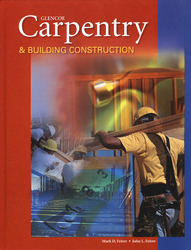
Carpentry & Building Construction © 2004Math Activities :Self-Check Math Activity 15 |  |
 | ||
|



Textbook Resources
Self-Check Resources



Instructor
Student
Textbook Resources
Self-Check Resources
Student

  | |||||||||||||||||||||||||||||||||||||||||||||||||
Please read our Terms of Use and Privacy Policy before you explore our Web site. To report a technical problem with this Web site, please contact the Web Producer. | |||||||||||||||||||||||||||||||||||||||||||||||||


